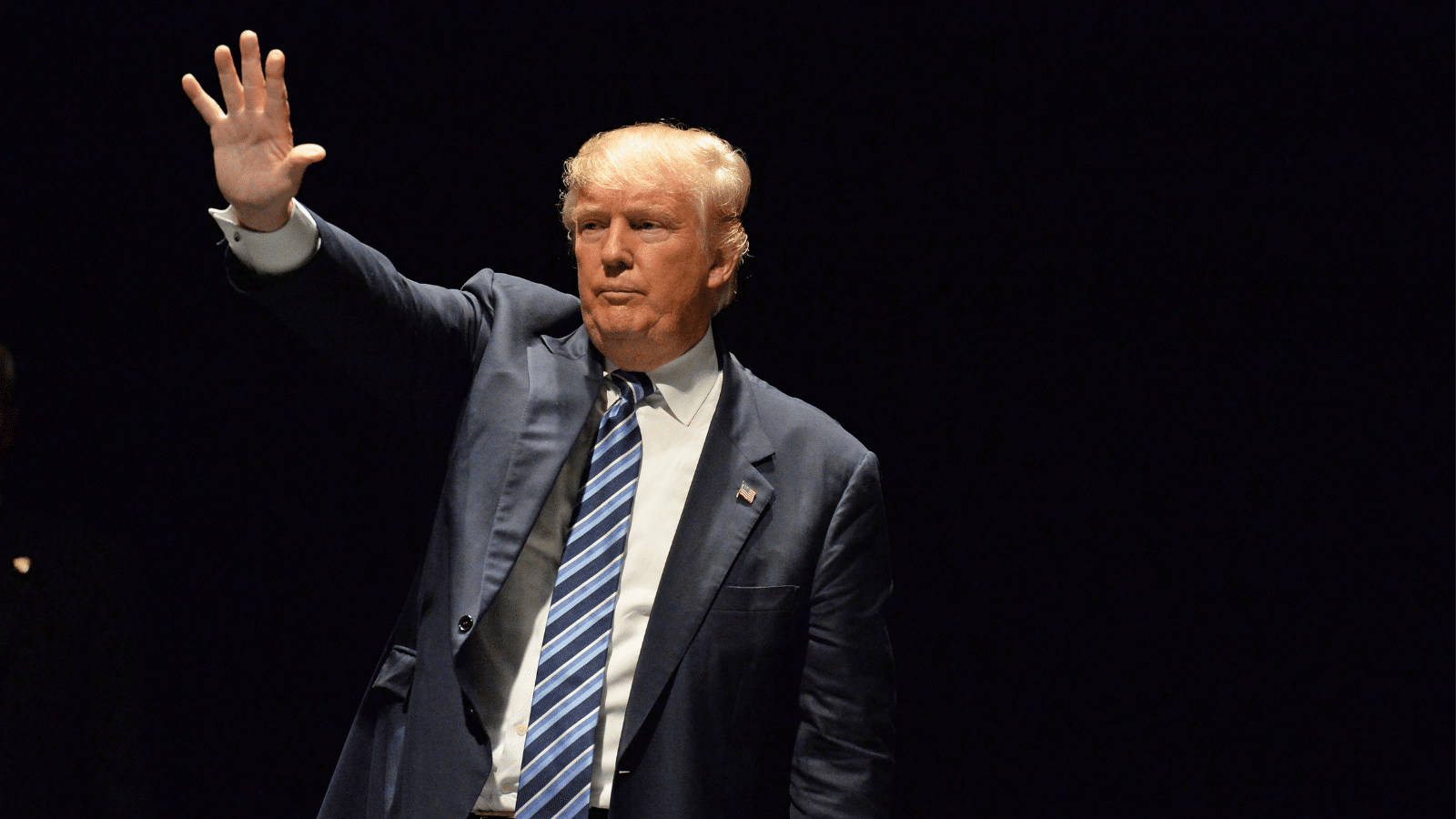Donald Trump’s presidency, spanning from 2017 to 2021, was marked by an array of transformative policies and decisions that left an indelible impact on the United States. During this era, the nation witnessed significant changes, from tax reform to Supreme Court appointments, trade tensions, and responses to the COVID-19 pandemic. This exploration delves into the key events and decisions of Trump’s presidency, shedding light on the reasons behind these changes and their implications for the nation and the world.
Tax Reform

The Tax Cuts and Jobs Act of 2017 was a significant overhaul of the U.S. tax system, reducing corporate tax rates and providing tax cuts for individuals. Trump believed this tax reform would stimulate economic growth, create jobs, and benefit American businesses, while critics argued it disproportionately favored the wealthy and increased the budget deficit.
Supreme Court Appointments

Trump’s nominations of Neil Gorsuch, Brett Kavanaugh, and Amy Coney Barrett aimed to reshape the ideological balance of the Supreme Court in a more conservative direction, potentially influencing decisions on issues like abortion, gun rights, and religious liberty. These appointments were significant as they would serve lifetime terms on the highest court.
North Korea Relations

Trump’s approach to North Korea was marked by high-profile summits with Kim Jong-un. Trump sought to negotiate denuclearization and build diplomatic relations, although critics argued that these meetings lacked substantial progress and legitimacy without clear concessions from North Korea.
Trade Tensions

Trump initiated trade disputes with China, imposing tariffs on various goods to address what he saw as unfair trade practices. The goal was to reduce the U.S. trade deficit and protect American industries, though it led to economic uncertainty and concerns about global trade.
Immigration Policies
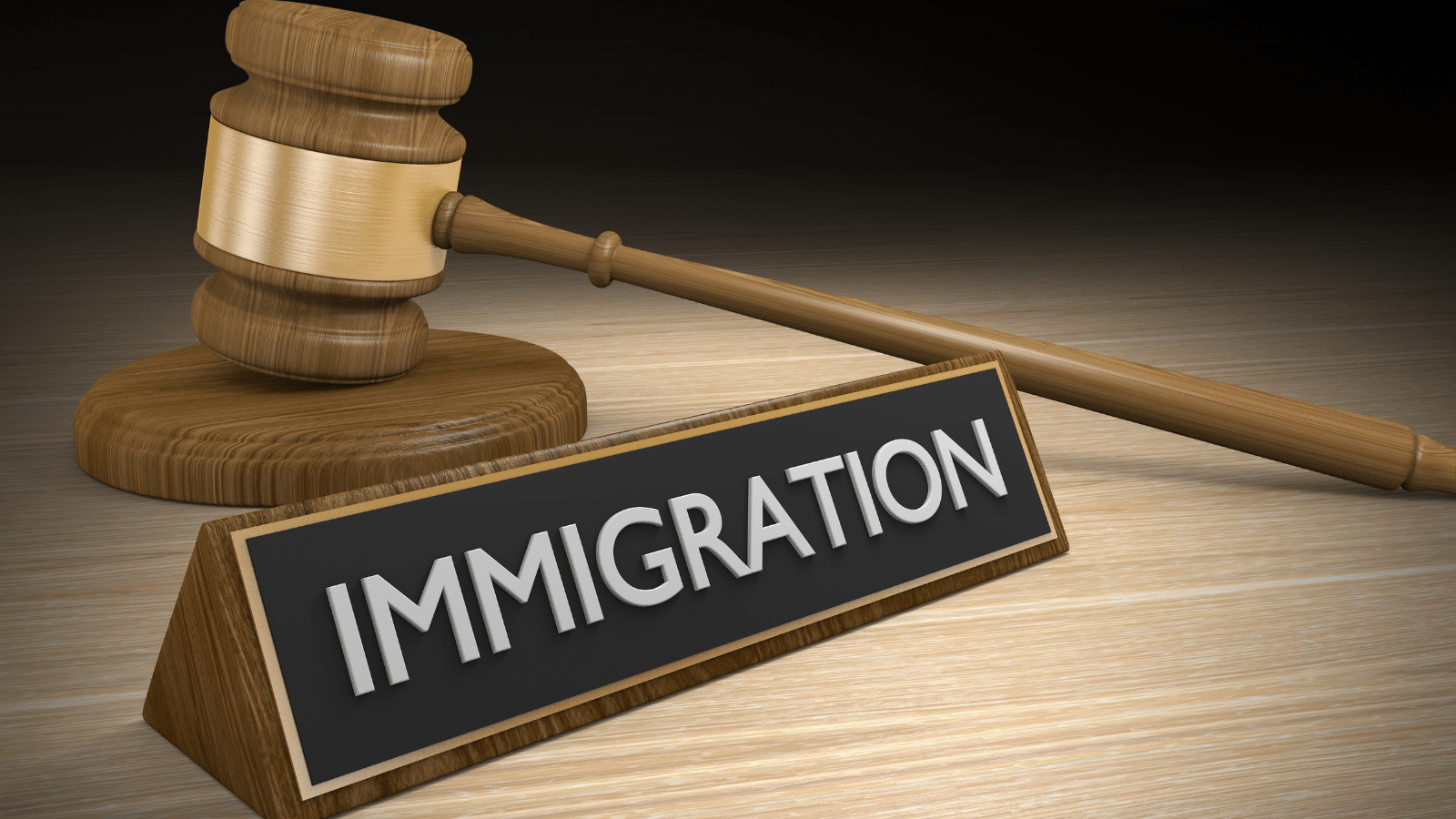
Trump implemented strict immigration policies, such as the separation of families at the border and the travel ban. These policies aimed to prioritize border security and national security but drew significant criticism and legal challenges.
COVID-19 Pandemic

The Trump administration faced criticism for its handling of the COVID-19 pandemic, with measures such as Operation Warp Speed to accelerate vaccine development and distribution. Critics argued that more effective containment strategies were needed, and the pandemic response was marked by a lack of coordination.
Economic Growth

Trump presided over a period of strong economic growth before the pandemic, characterized by low unemployment rates and stock market gains. These achievements were attributed to policies such as tax cuts and deregulation.
Withdrawal from Paris Agreement
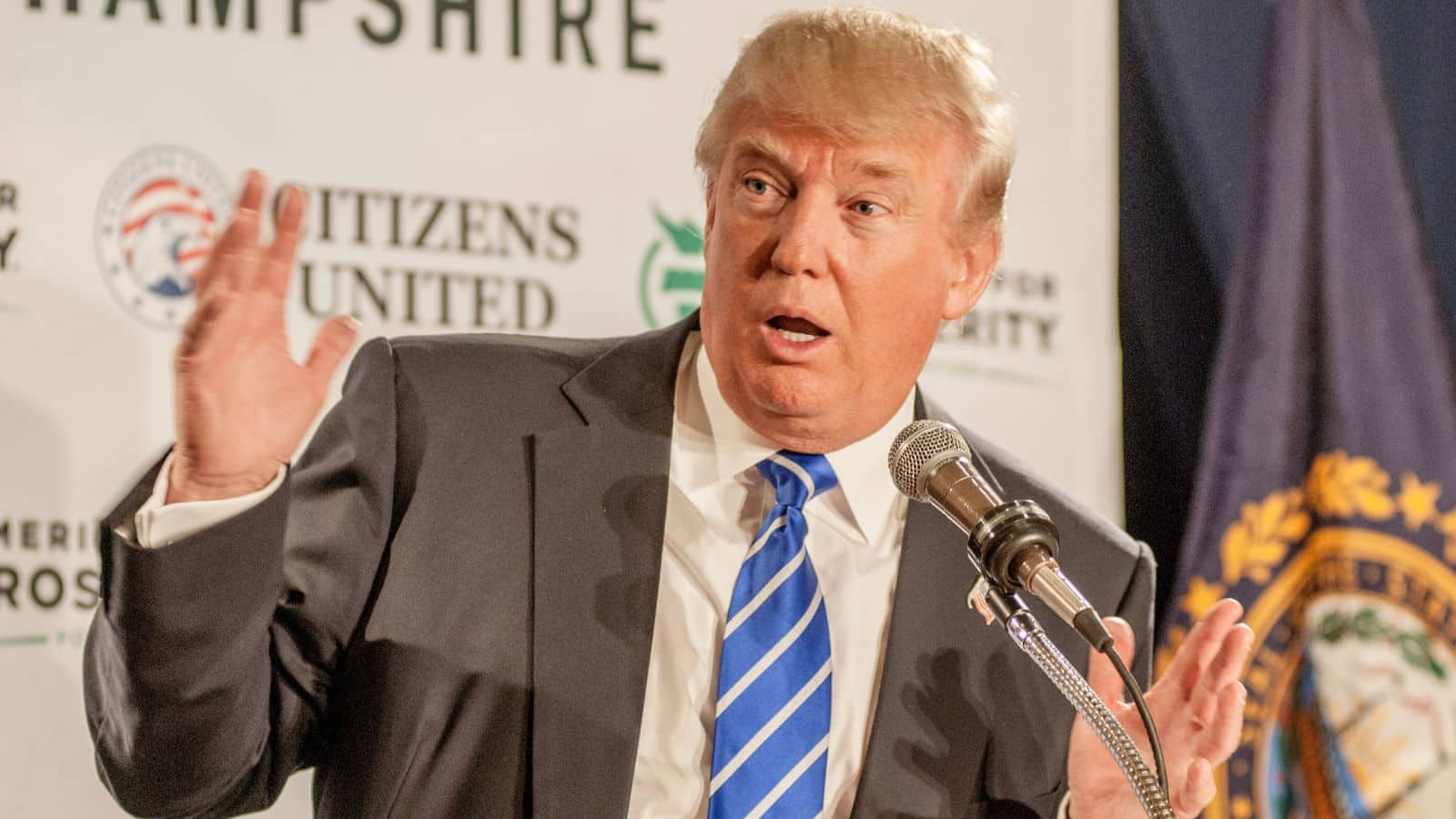
Trump’s decision to withdraw from the Paris Agreement was driven by concerns over the agreement’s economic impact on the U.S. and sovereignty issues. Critics contended that it undermined global efforts to combat climate change and withdrew the U.S. from a leadership role.
Impeachment Trials

Trump’s impeachments were politically charged events. The first impeachment related to allegations of pressuring Ukraine to investigate political opponents, while the second was linked to his role in the Capitol insurrection. Trump’s acquittal in both trials highlighted the partisan divisions in Congress.
Deregulation

The Trump administration prioritized deregulation, arguing it would stimulate business growth. This approach aimed to reduce government intervention in various industries, but it was criticized for potentially weakening environmental and consumer protections.
Space Force

The establishment of the U.S. Space Force as a separate military branch was intended to address emerging national security threats in space. Trump believed this step would enhance U.S. space capabilities and deter potential adversaries.
Criminal Justice Reform
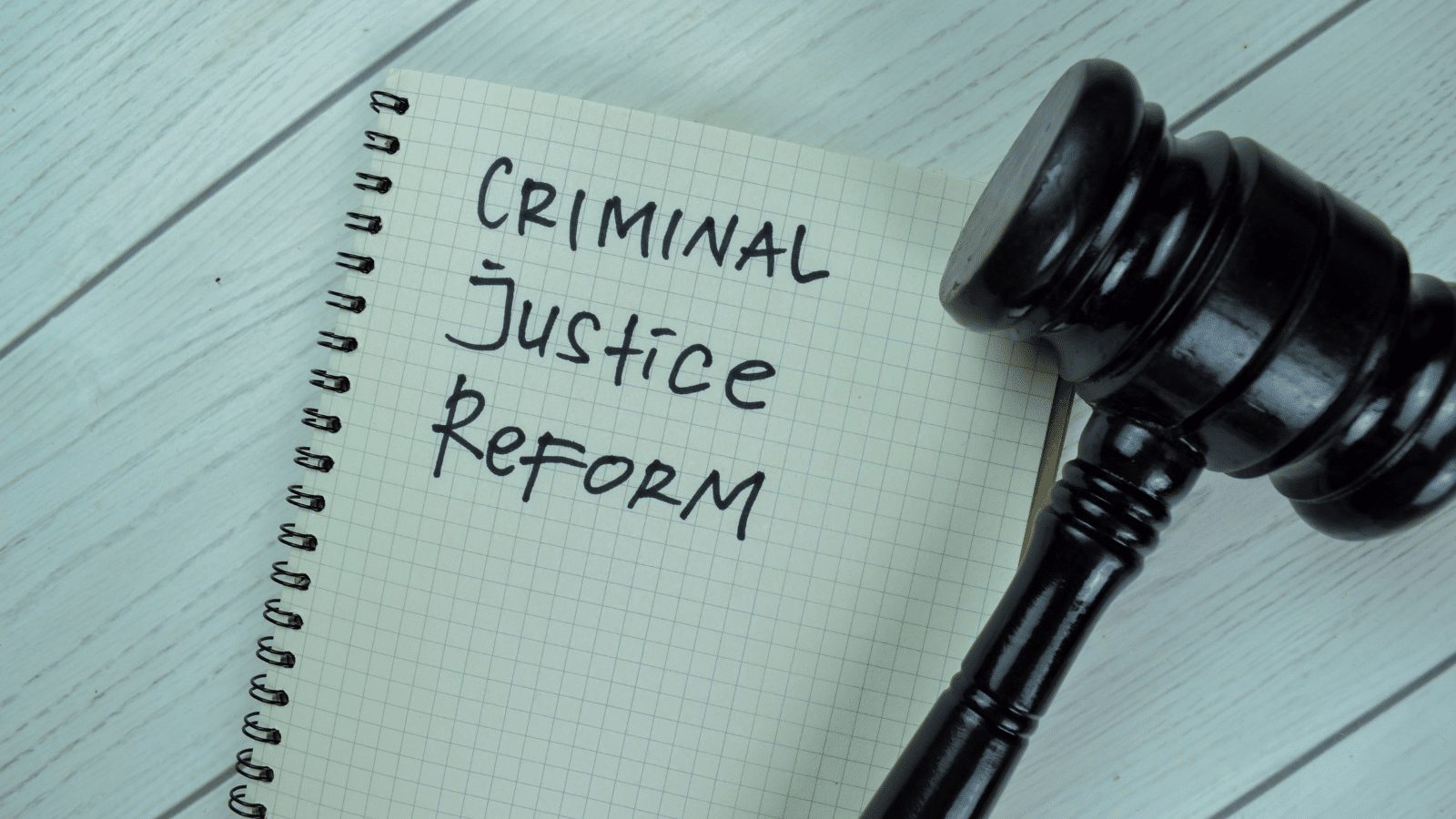
The First Step Act marked a bipartisan effort to reform the criminal justice system, with Trump signing it into law. It aimed to reduce recidivism and address disparities in sentencing, and Trump supported it as part of his broader criminal justice reform agenda.
Jerusalem Embassy Move

Trump’s decision to move the U.S. embassy to Jerusalem recognized it as Israel’s capital, fulfilling a campaign promise and expressing strong support for Israel. Critics argued it complicated peace efforts in the region.
Iran Nuclear Deal Withdrawal

Trump withdrew from the Iran nuclear deal due to concerns about its effectiveness in curbing Iran’s nuclear program. He sought a more comprehensive agreement, which critics argued risked escalating tensions in the Middle East.
Racial Justice Protests
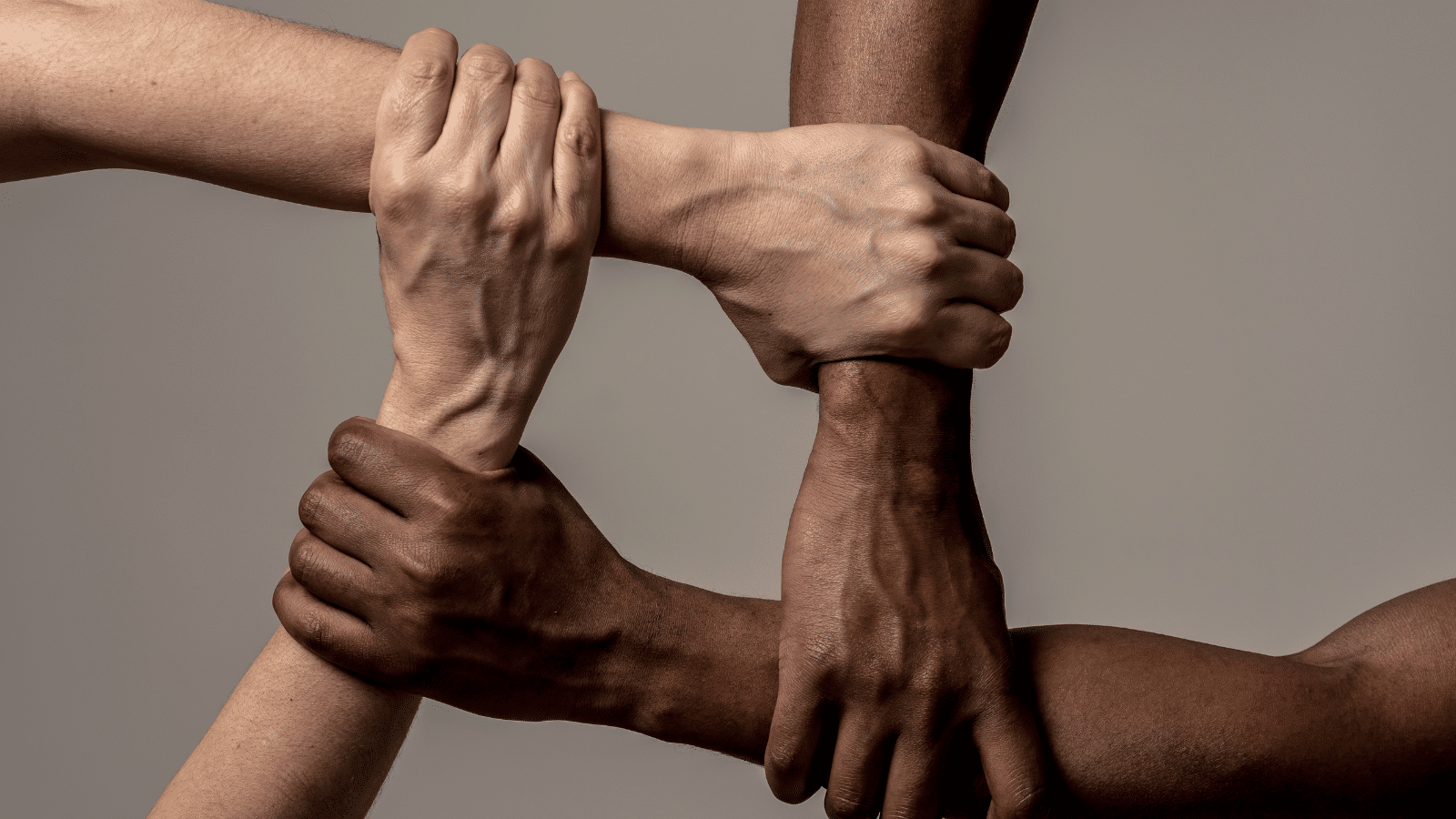
The Black Lives Matter movement gained momentum during Trump’s presidency, highlighting issues of racial injustice and police brutality. Trump’s response was divisive, with some viewing his stance as supportive of law enforcement and others advocating for social and racial equity.
Withdrawal from WHO

Trump announced the U.S. withdrawal from the World Health Organization (WHO) due to concerns about its handling of the COVID-19 pandemic. This decision was seen as detrimental to global health cooperation and was reversed by President Biden.
Historic Stock Market Volatility

The stock market experienced significant volatility during the COVID-19 pandemic, marked by record highs and sharp declines. Trump’s policies and the pandemic’s economic impact contributed to these fluctuations.
Relations with NATO

Trump’s push for increased defense spending by NATO member countries aimed to strengthen the alliance and reduce U.S. financial contributions. This approach led to discussions about NATO’s future and the sharing of security burdens.
21 Things That Shout You’re “Lower Class” According To Men

Class wars creep up in all aspects of life, including dating. We take a look at the things that men believe are telltale signs that you are lower class.
21 Things That Shout You’re “Lower Class” According To Men
Boomer Zoomers vs. Millennial Meh: 10 Cars the Older Gen Loves but Millennials Just Can’t Stand

The change in the automotive industry has been incredible over the year. Baby boomers born between 1946 and 1964 can’t get enough of the cars listed below, as muscle cars emerged in the 1960s, and new technologies appeared in the 1970s and 1980s. You can imagine why boomers genuinely appreciate these vehicles.
Boomer Zoomers vs. Millennial Meh: 10 Cars the Older Gen Loves but Millennials Just Can’t Stand
Across the Pond Disdain: 18 Horrendous American Habits Foreigners Just Can’t Stomach

There is a lot to love about America, from the bright lights of New York to the incredible breakfasts, but foreigners also dislike many things. We look at everything from poor public transport to an intimidating tip culture, sharing 18 things that America could be better at.
Across the Pond Disdain: 18 Horrendous American Habits Foreigners Just Can’t Stomach
Out with the Old: 18 Gen X Fads That Millennials and Gen Z Just Can’t Vibe With

While some old habits die hard, there are some things that Gen X need to eliminate as they are no longer relevant.
Out with the Old: 18 Gen X Fads That Millennials and Gen Z Just Can’t Vibe With
18 Unpleasant States You Might Want to Skip on Your Next Trip

When thinking of America, we don’t expect there to be boring or unpleasant places to visit. We see all the different states on the TV, and they show the best parts. However, there are some states you won’t want to visit, and you should brace yourselves if you ever happen to stumble into them.
18 Unpleasant States You Might Want to Skip on Your Next Trip
